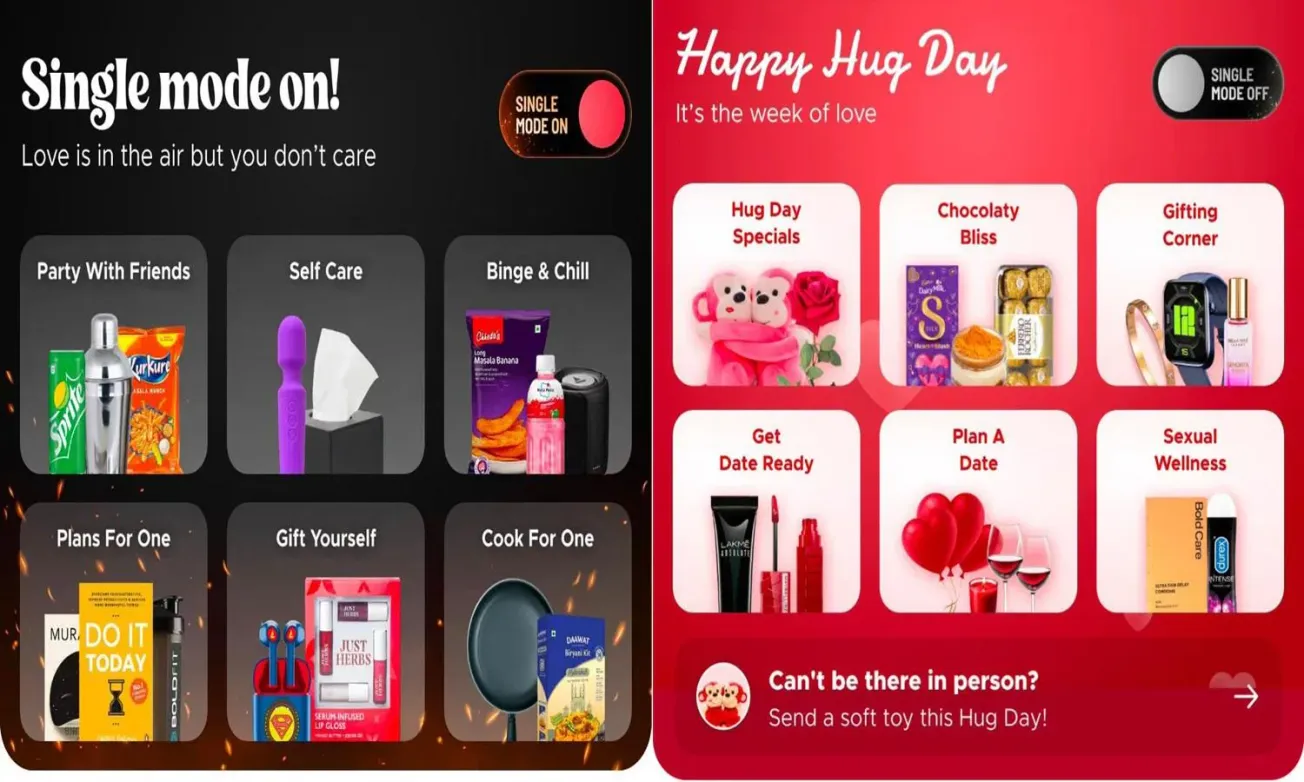Table of Contents
How To Negative Customer Feedback Helps Brands Grow Their Sales
Step 1: Begin by gathering negative reviews from various sources such as Google searches, Facebook ads, posts, and groups, Instagram, product pages, Slack, emails, text messages, and support conversations.
Compile all these comments in one place, using tools like Google Sheets or Excel to organize them effectively.
Step 2: Review all gathered negative reviews and identify key pain points. Pain points are specific problems or complaints that customers have mentioned, such as high product costs, less efficacious, poor customer service, or issues with product quality.
Look for reviews that provide additional context or reasoning behind the dissatisfaction, while disregarding vague or uninformative comments.
Compile these pain points into a comprehensive file, noting details that help understand the customers’ grievances.
Step 3: Conduct research on your competitors by gathering negative reviews about their products or services, following the same process outlined in Steps 1 and 2.
This step is crucial because it provides insight into areas where your competitors are falling short, presenting opportunities for you to address those shortcomings in your marketing strategy.
By identifying common pain points among your competitors’ customers, such as dissatisfaction with product effects or customer service, you can tailor your messaging to highlight how your offerings provide solutions to these issues.
Compile the gathered competitor reviews and pain points into a separate document, alongside the document containing your own brand’s negative reviews.
Step 4: Create tables for both your brand’s and your competitors’ pain points, organising them based on frequency of occurrence.
Each table should have headings for different types of pain points, such as “too expensive” or “delivery issues,” with corresponding entries listed below.
Identify the most recurring pain points and create a “Key Problem” column to uncover the root causes behind these issues.
This step helps establish a knowledge base detailing the reasons behind customer complaints for both your brand and your competitors.
Step 5: Utilize the compiled data to craft a series of emails aimed at turning negative reviews into sales.
Focus primarily on email marketing as it tends to yield the best results.
Your objective is to acknowledge shortcomings while highlighting your brand’s strengths, leveraging the insights gained from the previously created documents.
Draw upon real customer experiences to create compelling copy that resonates with your target audience.
Enhance your copywriting skills to effectively weave the gathered data into persuasive email content.
Note — When crafting subject lines for your emails, prioritise their importance as they significantly impact open rates.








